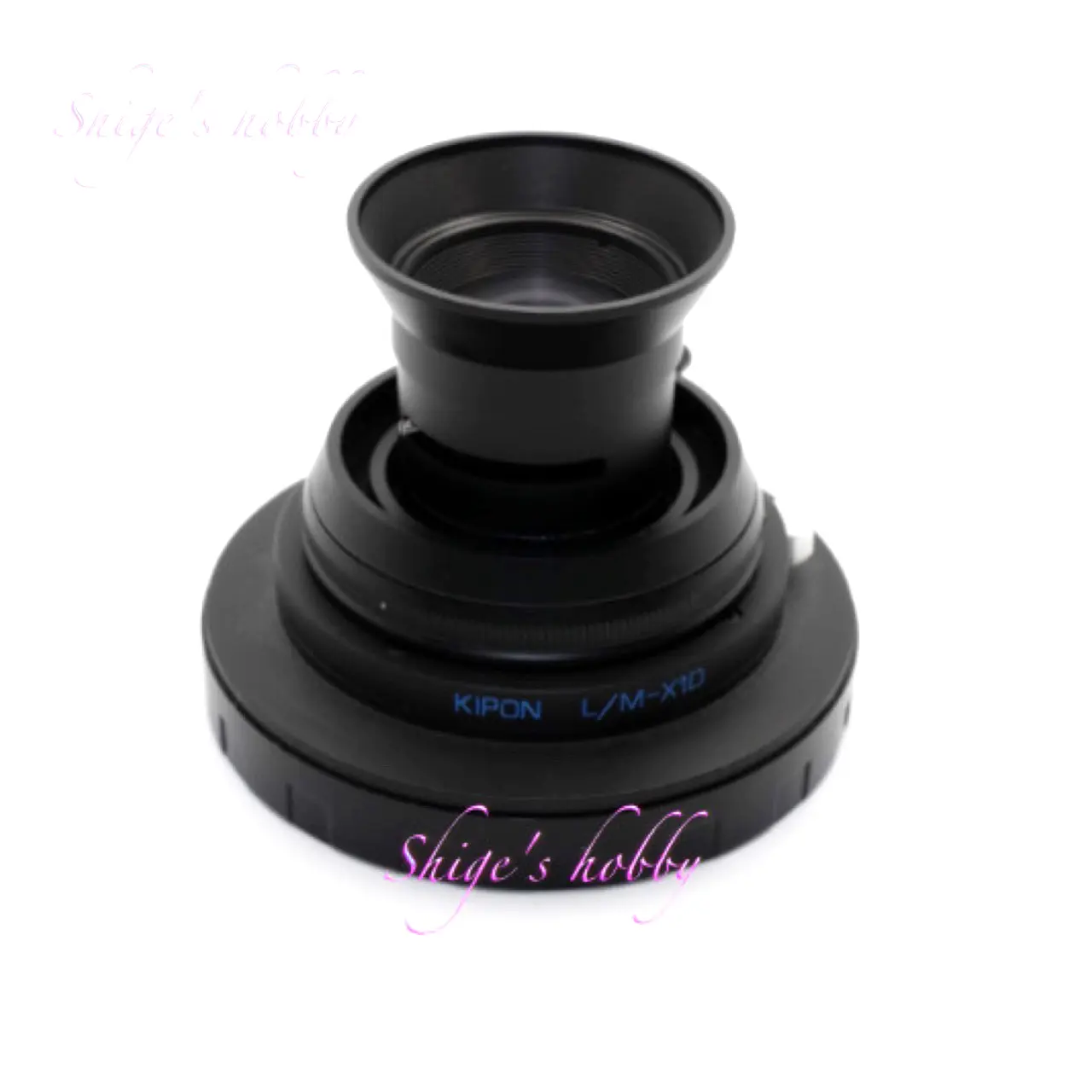Report XENOMAX 50mm

Report on using Ms-optics XENOMAX 50mm with HASSELBLAD X1D-II
I borrowed a prototype model of Ms-optics’ new lens, XENOMAX XENOR 50mm / F3.5, so I attached the lens to the X1DII and went around Kamakura in late spring. (2022.4.21: Name changed to XENOMAX)
Most of the shots were taken at the maximum aperture of F3.5. I occasionally tried narrowing it down, but the results were not so different that the difference was clear.
There is sufficient sharpness and resolution from the maximum aperture, and there is little light falloff in the corners, which fully covers the medium-format digital sensor of 44 x 33mm.
Table of contents
Gallery of photography


Itinerary
- The Enoden(Enoshima Electric Railway) was used for transportation.
- Fujisawa Station>Koshigoe Station>Walk>Kamakura Koukoumae Station>Hase Station>Kamakura Station (about 3 hours)
Comments
Photo 1.
This time, I took the Enoden from Fujisawa Station to Kamakura.
I prefer to take the Enoden from Fujisawa Station because it is crowded when I take it from Kamakura.
Photo 2.
I got off at Koshigoe Station and visited Manpukuji Temple.
The remaining cherry blossoms and early summer flowers were in bloom.
There used to be a cat, but there was no cat this time.
Photo 3,4.
After leaving Manpukuji Temple, I walked to Kamakura Koukoumae Station with the sea on the side.
Photo 5.
We got off at Hase Station and walked to Kotokuji Temple, where the Great Buddha of Kamakura is located.
The admission fee to Kotokuji Temple was unchanged at 300 yen.
The Great Buddha of Kamakura has no shrine and is sitting under the sky, which is very impressive.
Photo 6,7,8.
From Kotokuji Temple, we moved on foot to Haseji Temple.
The entrance fee here is 400 yen.
The main statue, Hase Kannon, was built 1,300 years ago, which makes me feel the transience of human life.
Photo 9.
From Hase Station, we took the Enoden to Kamakura Station.
The train started running with many people on board.
Photo 10.
Returning home (neighbor’s cat)
Link
Update history
- 2025.7.12
- 2024.11.12
- 2024.03.10:Update article
- 2023.05.29:First draft
- 2023.04.13:First draft
Affiliate links
- Leica Lens・Ads by Amazon
- Ms-optics・Ads by Amazon
- Leica Books・Ads by Amazon
Leave a Reply